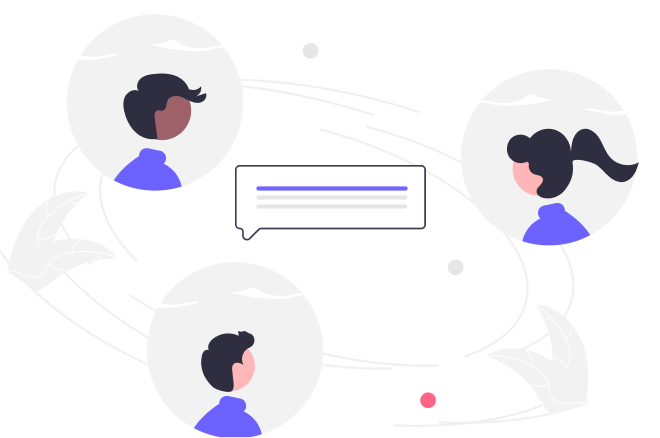The 70-341 & 70-342: Mastering Microsoft Exchange Server 2013 online training course will provide you with the knowledge and skills to plan, deploy, manage, secure, and support Microsoft Exchange Server 2013. This course will teach you how to configure Exchange Server 2013 and supply you with the information you will need to monitor, maintain, and troubleshoot Exchange Server 2013.
This course will also provide guidelines, best practices, and considerations that will help you optimize performance and minimize errors and security threats in Exchange Server 2013.



